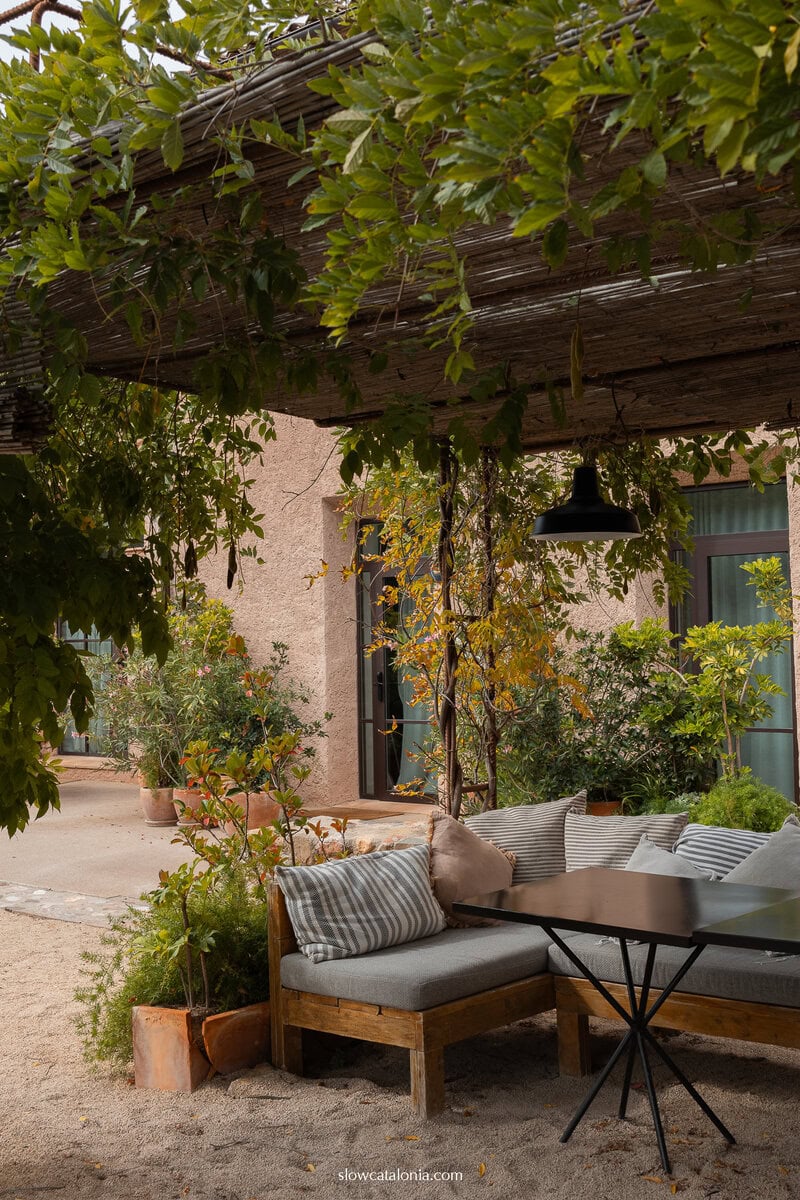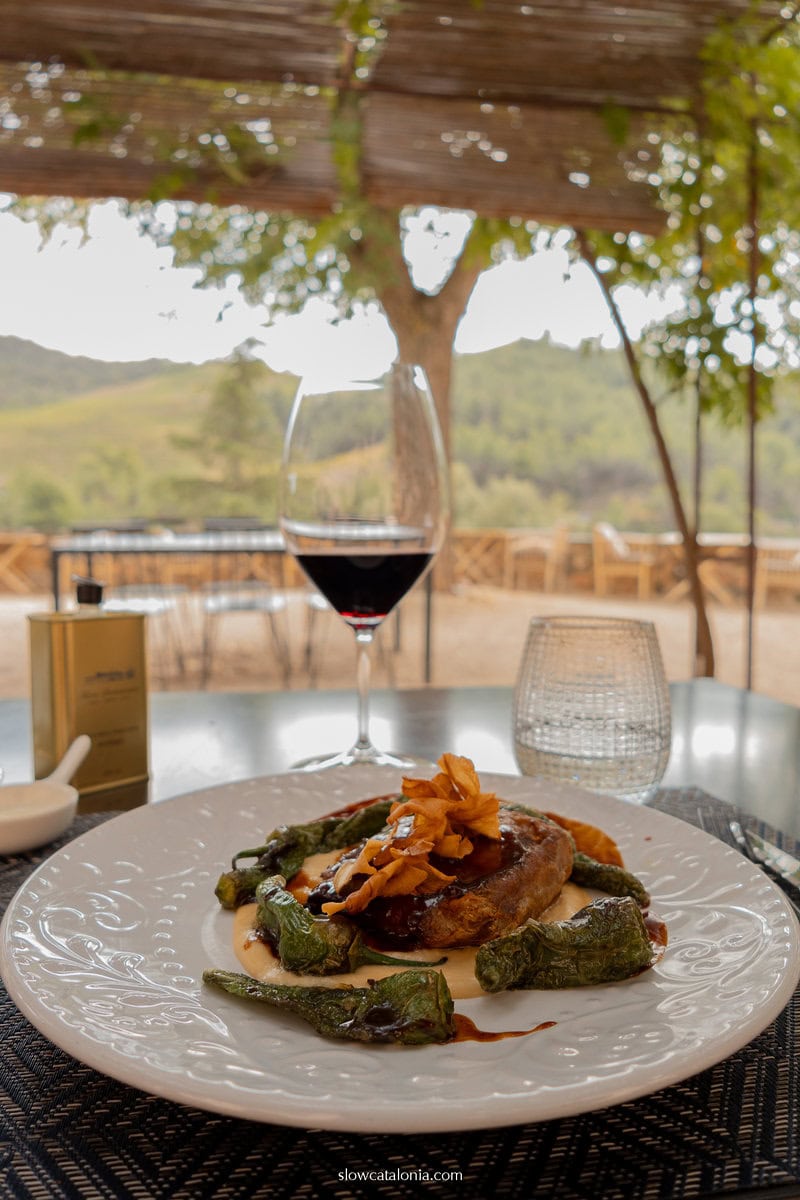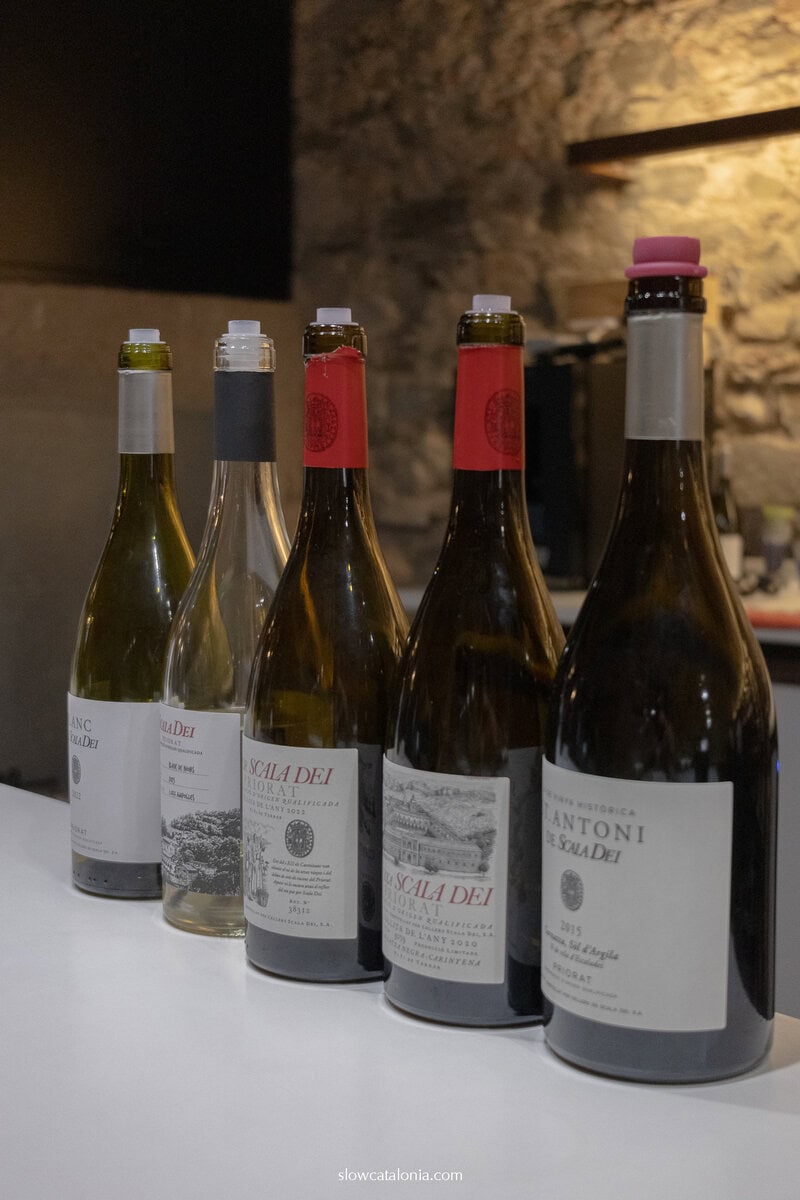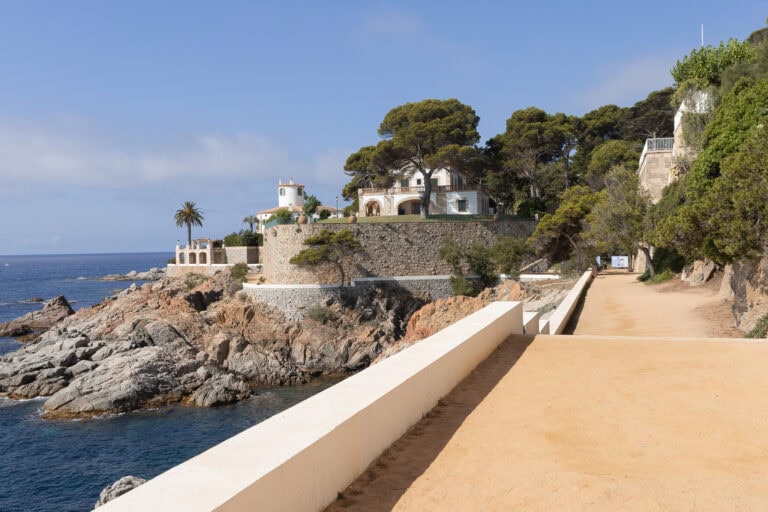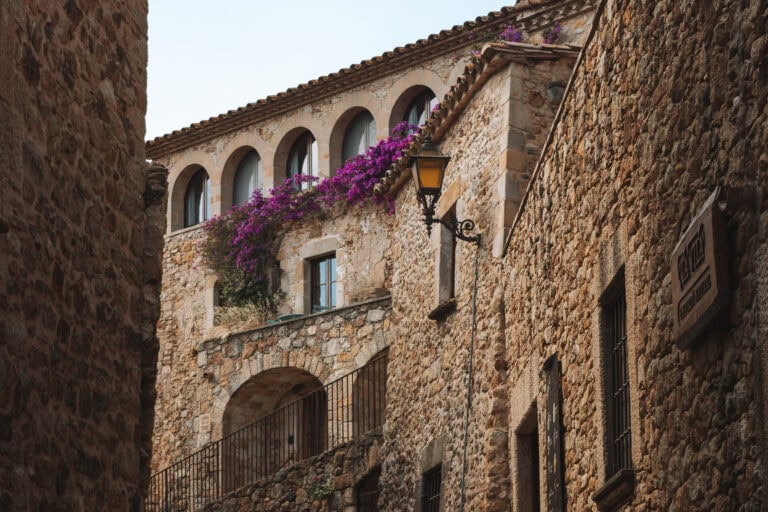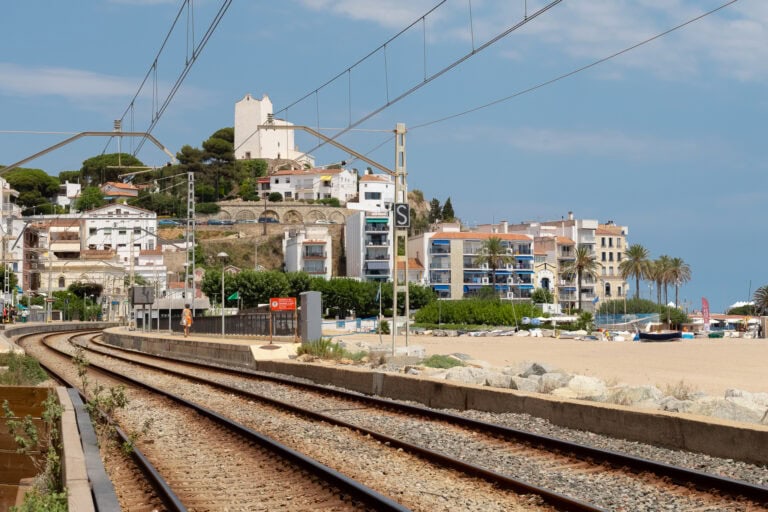The Monasteries of Priorat – Where History and Wine Come Together


Hi, we are Timon & Filipa!
We live in Catalonia, where we spend our days enjoying local traditions, tasting regional flavors, and exploring the beautiful landscapes. We’re excited to share our love for this region with you, inviting you to experience it slowly, one step at a time.
The Monasteries of Priorat – Where History and Wine Come Together
The monasteries of Priorat didn’t just shape the region spiritually; they also established its winemaking tradition—something we’ve learned through our visits to Celler Scala Dei and its surroundings. While exploring the ruins of the Cartoixa d’Escaladei, we discovered the connection between the monks and the early vineyards they cultivated as far back as the 12th century. These monasteries laid the foundation for Priorat’s wine culture, and their influence is still evident today.
The origins of Priorat’s monasteries
The story of Priorat’s monasteries begins in the 12th century with the founding of Cartoixa d’Escaladei by the Carthusian monks. It was the first Carthusian monastery on the Iberian Peninsula, built under the protection of the Count of Barcelona. The monks lived in isolation, focusing on prayer and managing the land around them, which would later become an important part of the region’s development.
Around the same time, the Cistercian monks established the Monastery of Santa María de Poblet in nearby Conca de Barberà. Poblet quickly grew in importance, becoming a key religious site and later the resting place for kings of the Crown of Aragon.
Though different in purpose, both monasteries played a big part in shaping the spiritual and cultural life of Catalonia. Cartoixa d’Escaladei brought a life of quiet reflection, while Poblet became a royal and religious hub, influencing the region in many ways.
Wine and monasteries: A legacy rooted in vineyards
The Carthusian monks of Cartoixa d’Escaladei were pioneers in agriculture, especially in viticulture. They introduced terrace farming on Priorat’s steep slopes, improving sun exposure and drainage for the vines. Their work laid the foundation for Priorat’s renowned DOQ wines, with some vineyards still growing grapes on these ancient terraces today.
While Poblet Monastery focused more on spiritual life, its monks also managed large estates, including vineyards. Though not as centered on winemaking as Escaladei, Poblet’s agricultural efforts helped shape the region’s landscape, contributing to the area’s deep-rooted connection to wine.
Visiting the monasteries today
Today, several historic monasteries in Priorat open their doors to visitors, each offering a unique glimpse into the region’s past.
- Santa María de Poblet Monastery, a UNESCO World Heritage site, is still active and a symbol of Cistercian monastic influence in the region.
- Cartoixa d’Escaladei is the first Carthusian monastery in the Iberian Peninsula, its ruins reflecting the monastic life and agricultural influence of the 12th century.
- Monasterio de Santa María de Bonrepòs was also founded by the Carthusian order and shares a deep connection with Escaladei, though its ruins are less visited.
Many of these monasteries welcome visitors, but opening hours can vary with the season. Cartoixa d’Escaladei and Santa María de Poblet have entrance fees typically ranging from €5 to €12. Poblet also has a small shop where you can pick up local products and books on the region’s history—a nice touch for anyone wanting to take a piece of the experience home. We recommend checking the schedule ahead, as some places may close for religious events or during quieter periods.
When we visited Cartoixa d’Escaladei, we combined the trip with a visit to Celler Scala Dei, where we toured the cellars and learned about the wine production process. We also had the chance to enjoy a wine-tasting session, experiencing the flavors tied to the region’s history.
Where to eat: A peaceful stop at Mater Terrae Restaurant
If you’re looking for a serene and delicious lunch spot after exploring Priorat’s monasteries and vineyards, we highly recommend Mater Terrae Restaurant at Terra Dominicata. Surrounded by the natural beauty of the region, the restaurant provides an uncrowded and peaceful setting, making it an ideal place to relax and enjoy a meal.
The menu focuses on local ingredients and traditional flavors with a contemporary touch. We tried the octopus, which was perfectly cooked, and the slow-cooked Iberian pork shoulder—a dish that stood out for its tenderness and depth of flavor. The experience perfectly complemented our day of exploring Priorat’s heritage, offering a genuine taste of the region’s cuisine in a tranquil and inviting atmosphere.
Planning your visit: Tips for exploring the monasteries and vineyards
To fully experience Priorat’s heritage, it’s important to plan ahead. Here are some straightforward tips to help you make the most of your visit:
- Check Opening Hours in Advance: Monasteries schedules can vary by season. They may close during religious events or off-peak times, so it’s best to confirm the opening hours ahead to avoid inconvenience.
- Book a Wine Tasting Early: Pairing your monastery visit with a wine tasting at a nearby vineyard, such as Celler Scala Dei, is a great way to explore Priorat’s winemaking roots. Booking in advance ensures availability and lets you plan your day to make the most of your time in the region.
- Consider the Seasons: The region’s landscape changes with the seasons, so timing your visit for spring or autumn allows you to see the vineyards and hills at their best. These periods also offer milder weather, making it more comfortable to explore the area.
- Reserve Lunch at a Local Restaurant: To complete the day, book a table at a nearby spot like Mater Terrae at Terra Dominicata, where you can enjoy local dishes in a peaceful setting. This adds a nice touch to your day and gives you a true taste of Priorat’s flavors.
Following these tips will help you make the most of Priorat’s history and wine culture, ensuring a well-organized and enjoyable visit.







